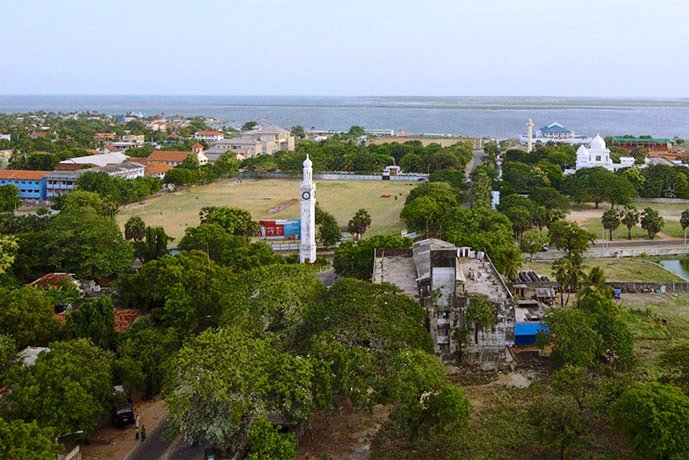Ritigala, in Sri Lanka, is one that you do not want to miss if you’re the type of person who’s into history. Surrounded by lush jungles and a stunning mountain range, Ritigala holds within it an ancient monastery which dates as far back as the 1st Century BCE. This is the highlight of your visit.
First things first, where is it exactly? The Ritigala Monastery is located in the country’s central province, very close to the Dambulla town which is also famous for its historical ruins, so you can visit both during your trip. Ritigala is about five hours away from Colombo, which is where the island’s only functioning international airport is at. So, it is a bit out of the way. But, don’t worry even though it is in a rural area there are plenty of good hotels in Sigiriya and Habarana which are close by towns. One of these, called the Cinnamon Lodge Habarana, even organizes tours to the monastery.
According to legend, Hanumanna, the monkey god with supernatural powers, accidentally dropped a piece of the Himalayan mountain range that he was carrying from India to Sri Lanka. If you’re wondering why he did this, he did because the mountain contained special medicinal herbs that could cure Lord Rama’s brother who was injured in battle in Lanka. Ritigala is said to be this fallen piece of the Himalayan Range, and the many believe that it is this reason that the area is so prosperous in soil.
When you visit the Ritigala ruins at the monastery you will be amazed by the glory of the past. There are remnants of massive stone structures that are said to be once used by Buddhist monks for meditation, congregational functions, religious ceremonies and teaching disciples. There are even the ruins of a monastery hospital where you can still see the grinding stones and the stone-cut Ayurvedic oil baths.
Of all these ruins there is one type of remnant that shows how developed the ancient Sri Lankans were, and they are the urinals! Yes, you read that right. The stone urinals at Ritigala are so fancy that they are finely carved consisting of a urine cup, drain hole and even foot supports. This decoration of urinals is said to symbolise the act of dissociation that a Buddhist monk needs to achieve on the path to Nirvana.
Roland Lefevre is a travel writer who specializes in creating features on leisure as well as business travel destinations across the globe. Google+









